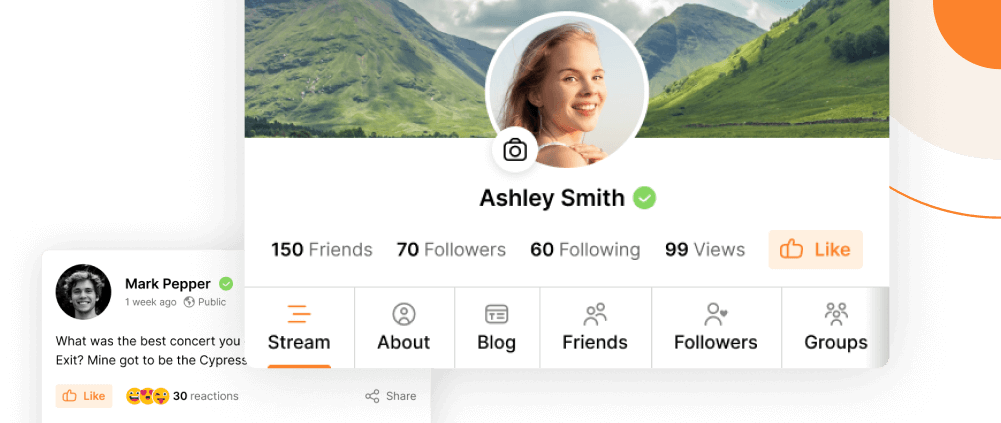If your private social network caters to children, you’ve got some new competition. Lego, the plastic brick and caltrop manufacturer, has launched LegoLife, an app-based social network for iOS and Android devices. And if your network doesn’t cater to children, you’ve got an example of the sort of thought that goes into adapting a private social network for a particular audience.
At first glance, LegoLife looks like any other social media platform. Members can create their profiles, see posts in their newsfeeds, show their approval and add their own comments. But Lego has made a number of important changes to cater to its young audience.
First, membership is restricted to people over the age of 13. The restriction is enforced by requiring new members to register with an email address belonging to a parent who must then send a confirmation. The profiles too are tightly controlled. Instead of uploading a selfie, members receive a Lego figure as their avatar that they personalize with accessories, clothing and hair choices. Even the username is awarded by the platform, and consists of a randomly allocated three-word string, such as “LordStrongBird.” The aim is to ensure that no child on the platform can be identified in real life.
To protect that confidentiality, user-generated content is closely monitored by a third party content moderation company. Lego will push its own branded content and product suggestions into news feeds and users can upload pictures of their own projects and builds but selfies are banned, even when they mask the member’s face. Wired has described how children tried to get around the ban by covering their own faces in images with minifig stickers but Lego removed those pictures too, arguing they were too revealing. Video is currently restricted to stop-motion and cannot use any narration. Most intriguingly, to stop conversations deteriorating into the kind of trolling often found on social networks, comments and text can only be written using emojis that Lego has supplied. None of those emojis is negative.
It’s clear that a lot of thought has gone into the creation of Lego’s social network. The company has thought about what it needs to do to keep its members safe. It’s thought about how to create a pleasant atmosphere and interesting content. And it’s been willing to structure its social network in a way that ensures the platform matches its special audience.
But it may not be enough. As QZ points out, LegoLife is launching just as Disney’s Club Penguin is closing. The social network, also aimed at children, is twelve years old and will be replaced by Club Penguin Island, presumably a refreshed version of its faltering old site.
There are two lessons here for people building their own social network. First, it is possible to match your network to your audience. PeepSo’s ProfileSo add-on, for example, allows admins to redefine profile fields. WorldFilter censors profanities so that the social network can appeal to faith or young audiences. When companies as large as Lego are taking those steps, it’s worth look at what you can do in your community too.
The other lesson though, is that audience adaptation might not be enough. You still need good content flowing through your network. You still need participation and engagement. Start by building your social network at PeepSo. Adapt it to suit your audience. But make sure that the community keeps growing and talking.


Reactions & comments
Comments